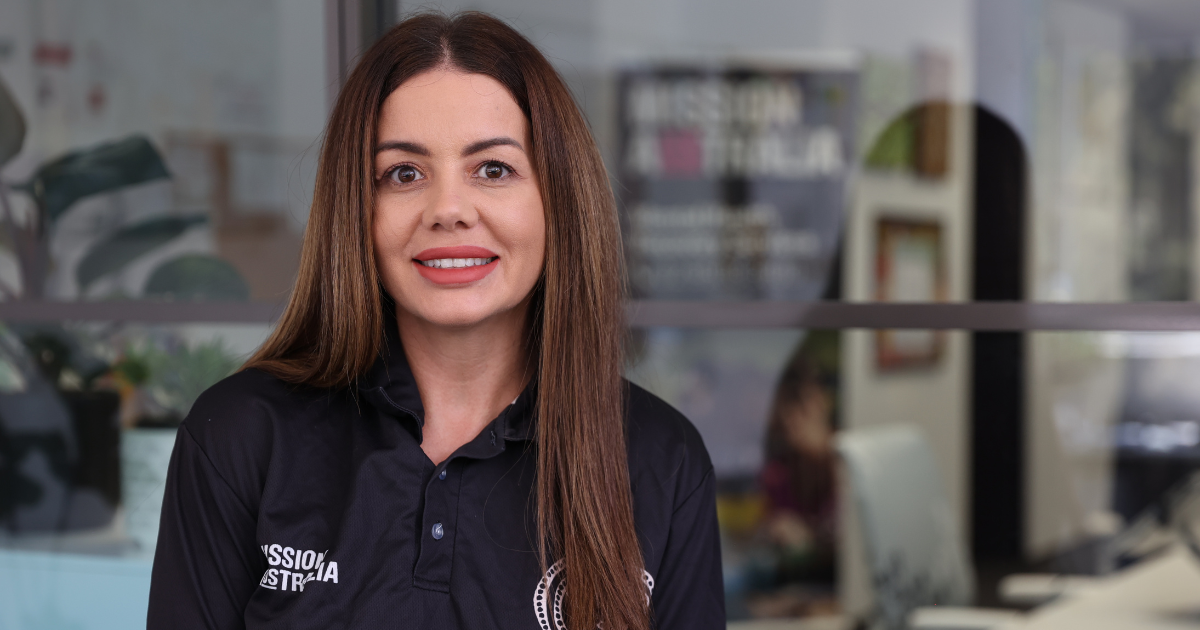5 facts you didn’t know about homelessness
Homelessness is not the first picture that comes to mind when you think about life in Australia but, living without a home is a reality for people like Amy and her three young children. Amy and her children were among thousands of other people escaping domestic or family violence with nowhere safe to go. Unable to afford accommodation and turned away from shelters, they were forced to live in a borrowed car.
Sadly, stories like Amy's are not uncommon.
In Australia, homelessness can affect people of all ages, men, women, children, and all circumstances but many of us simply don’t see the reality of homelessness in our communities. To uncover the reality of homelessness, here are five facts you probably didn’t know about homelessness in Australia:
1. There are over 122,000 people experiencing homelessness on any given night
With a relatively small population, it’s alarming to think that on any given night, more than 122,000 people experience homelessness in Australia.1 People experiencing homelessness are among the most vulnerable in our community. In 2023-24, over 280,000 people received assistance from specialist homelessness services. In the next hour, 3,000 Australians will reach out to homelessness services like Mission Australia for help.2
2. Only 6% of people who are homeless are sleeping on the streets
The small number of people that sleep rough on streets and park benches are not accurate representations of the common and widespread reality of homelessness.
Homelessness can look vastly different to the stereotypes we hold.
Only 6% of people that lacked safe and adequate shelter sleep on the streets, according to the 2021 Census.1
Most people experiencing forms of homelessness are hidden from public view.
The remaining families and children without a home are forced to couch surf, rely on temporary accommodation such as hostels or caravan parks and many will seek shelter in a makeshift dwelling such as a car.
3. Over 17,600 children younger than 12 years are homeless
In Australia, over 15,800 children younger than 12 years don’t have a safe space to call home. Of this number, just over 200 children will experience the harshest form of homelessness, relying on parks, bus shelters or shop fronts for warmth.1
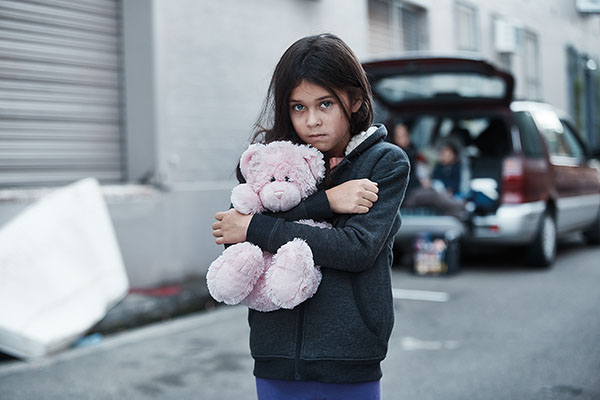
Without the stability of a safe and secure home, children experiencing homelessness—either on the street or in temporary housing—are forced to grow up without the necessities to enable their healthy development and growth.
4. 60% of Aboriginal and Torres Strait Islander people experiencing homelessness live in severely overcrowded dwellings
Although Aboriginal and Torres Strait Islander people make up a small portion of the entire population, they are over-represented when it comes to homelessness. Sixty per cent of Aboriginal and Torres Strait Islander people experiencing homelessness live in severely overcrowded dwellings, often in remote or regional areas with limited access to support services.1
According to the Australian Bureau of Statistics, living in an overcrowded dwelling is considered a form of homelessness, having detrimental effects on an individual’s health, quality of life and access to education and employment.
5. Domestic and family violence is one of the leading causes of homelessness in Australia
Domestic and family violence is one of the leading causes of homelessness in Australia.
In 2023-24, people who had experienced domestic and family violence were the largest group of people receiving support from specialist homelessness services.3
This threat to their safety means many women and their children are forced to leave their homes, often with nowhere to go
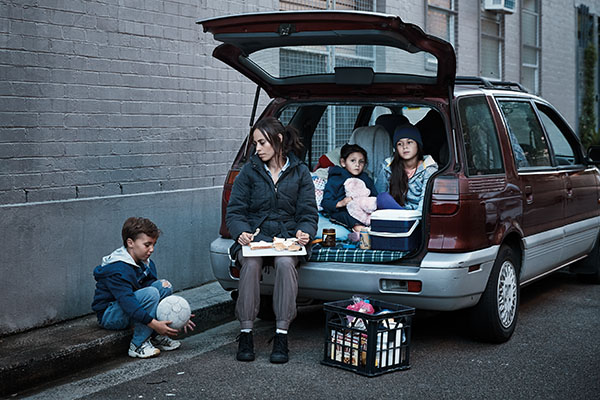
In 2024, Mission Australia assisted 23,441 people through 82 homelessness services. Our housing services also helped 7,740 people like Amy, who now have a safe place to call home.4
Learn more about homelessness and domestic and family violence in Australia.
Help end homelessness in Australia
With your donation, families fleeing violence can access the urgent support they need to find a safe home and thrive.
Know someone affected by domestic and family violence?
If you are experiencing abuse or violence it is not your fault. There are support services that can help you. If your life is in danger, call 000. For 24/7 domestic violence counselling call the National Sexual Assault, Family & Domestic Violence Counselling Line on 1800 RESPECT (1800 737 732).
Where to get help
Acknowledging that one of your relationships may be unhealthy or potentially harmful can be overwhelming to cope on your own. It can also be difficult to see the bigger context when trying to look at a relationship outside of our own lens. Whether it’s a relationship you need help navigating, a behaviour you want to change or advice to support a loved one involved in an unhealthy relationship, reach out to:
- If your life is in danger, contact emergency services on 000 immediately.
- Lifeline —13 11 14 or chat online.
- MensLine Australia —1300 78 99 78.
- Relationships Australia — 1300 364 277.
Names and images have been changed to protect the identity of the people we help.
1 Australian Bureau of Statistics (2021): Census of Population and Housing: Estimating homelessness, 2021
2, 3AIHW (2024) Specialist homelessness services annual report 2023-24
4Mission Australia Annual Report 2024
Related news and stories
Read about what we’ve been working on, our stance on important social issues and how you make a difference to vulnerable Australians' lives.
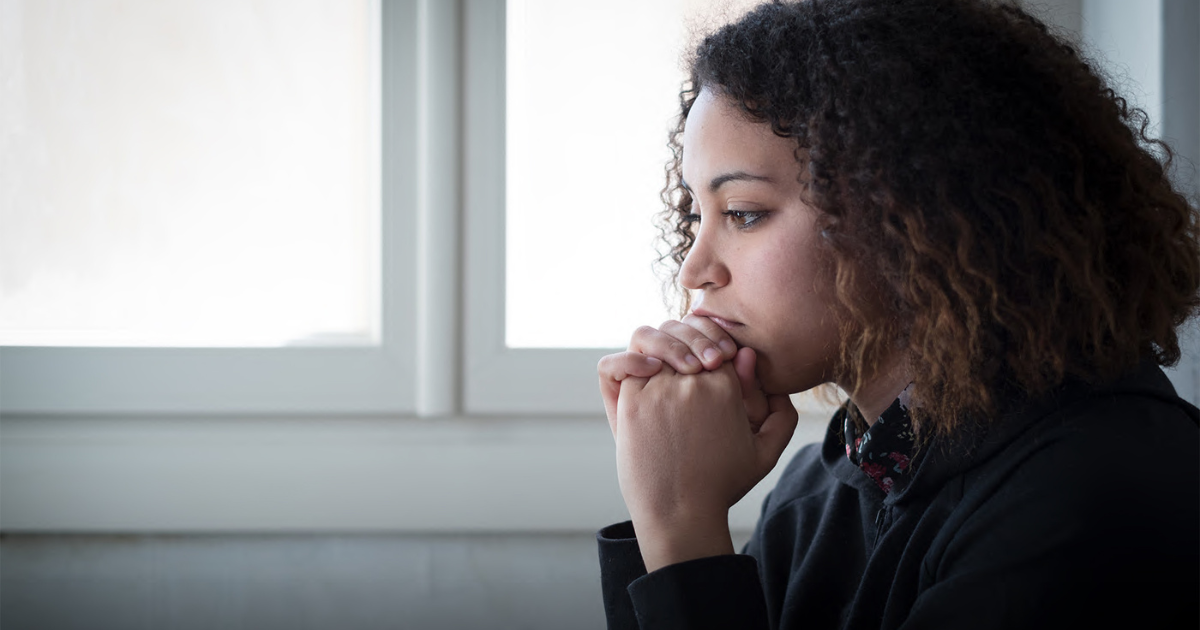
Three priorities at the 2025 Federal Election
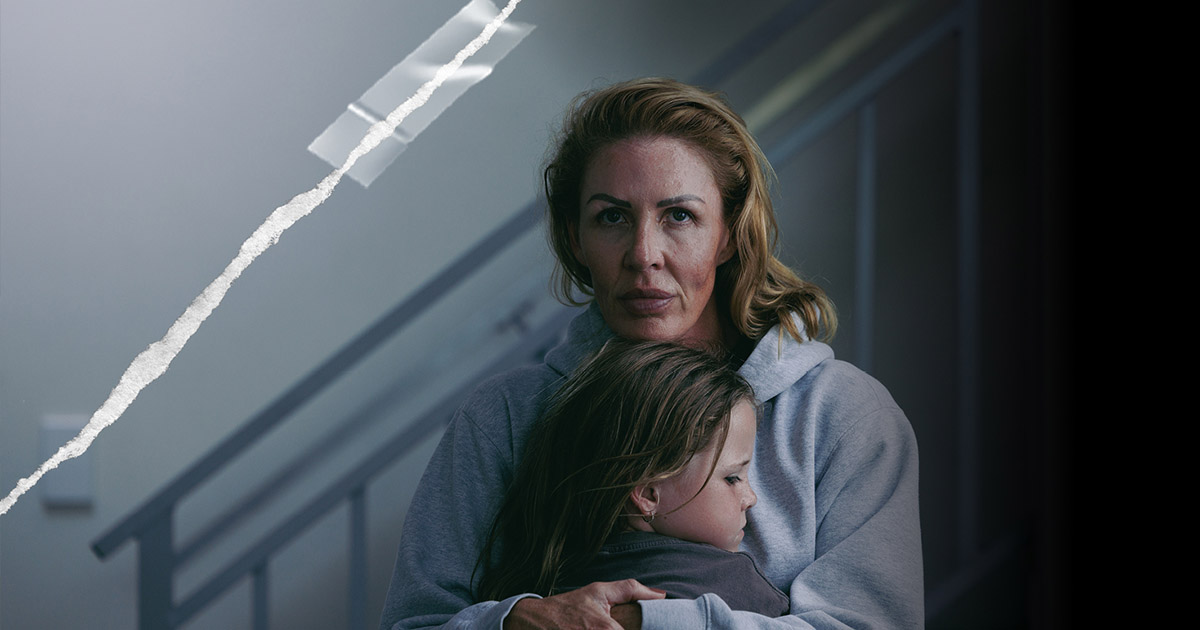
From fear to freedom: Cass’ story

Women helping women: Karla’s story
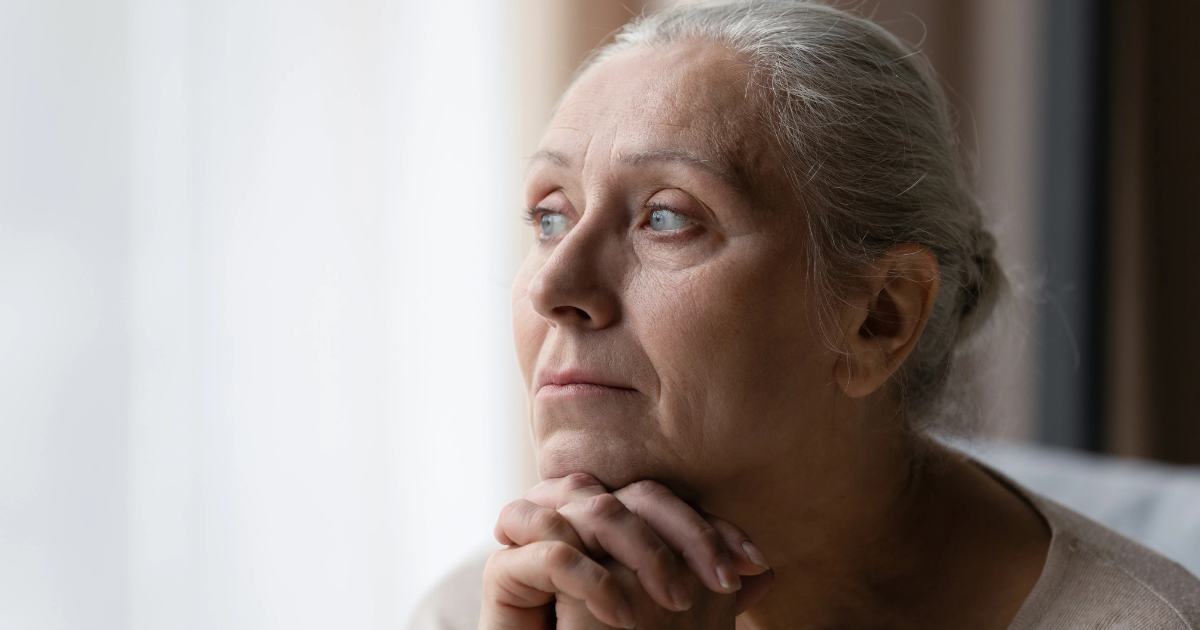
Helping older women find safe homes
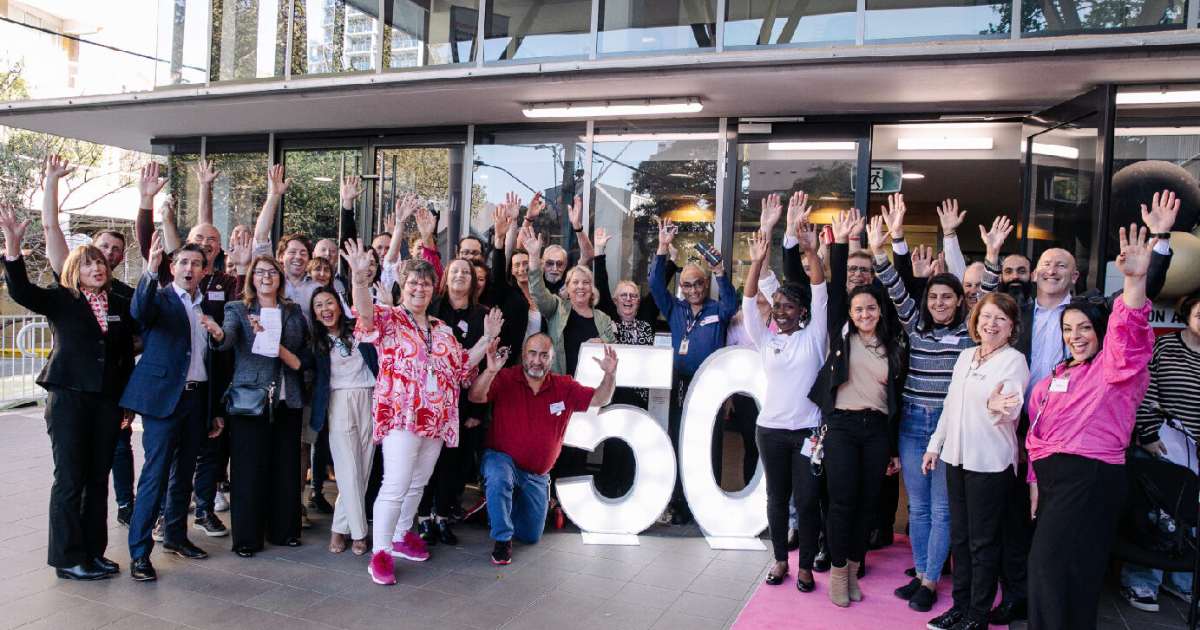
Celebrating 50 years of helping people in Surry Hills
